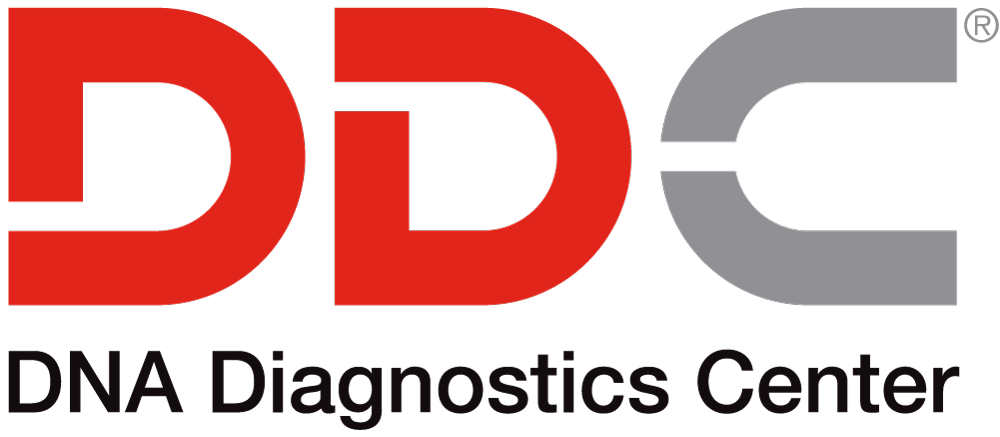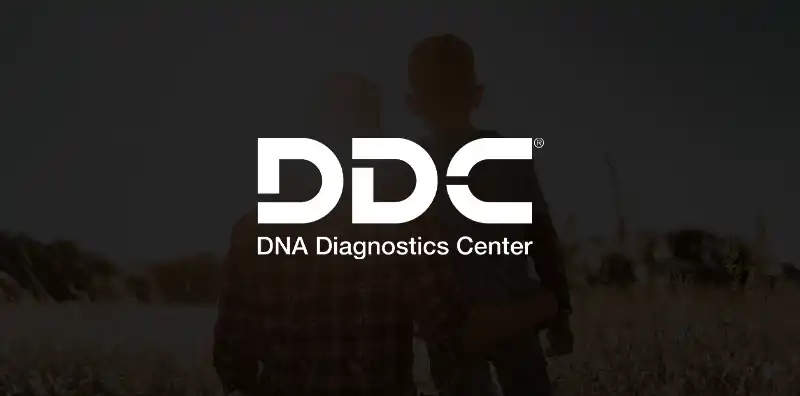SEPTEMBER 14, 2015
New Study Uses DNA Testing for Ancient Ancestry
DNA testing has provided answers for all kinds of human relationships, and in some cases, helps us understand our ancestry. While this new study presented by geneticists may not affect your family tree, it challenges what experts study and debate about the evolution of Neanderthal to Homo sapiens.
DNA analysis of 430,000-year-old bones discovered the Sima de los Huesos, or ‘pit of bones,’ in the mountains of Burgos, Spain, show they belong to Neanderthals. This after 2 years of intense testing of degraded, ancient DNA. Before this finding, anthropologists believed Neanderthals first evolved around 400,000 years ago. The DNA analysis, say the researchers, suggests Neanderthals emerged well before this time—up to 765,000 years ago.
The research findings were presented at the fifth annual meeting of the European Society for the study of Human Evolution (ESHE). The bones have been studied since the mid-1990s, but the new DNA testing performed was with mitochondrial DNA. Scientists were able to extract and sequence nuclear DNA, the genetic material found in the center of all cells in the body, and in ancient fossils. They were able to obtain 1 to 2 million base pairs of ancient nuclear DNA form a tooth and a leg bone.
In an article on the discovery by Ann Gibbons, she says “Researchers at the meeting were impressed by this breakthrough in ancient DNA research. ‘This has been the next frontier with ancient DNA,’ says evolutionary biologist Greger Larson of the University of Oxford in the UK.”
Our search for our heritage, for our individual ancestry, has led to a demand for DNA tests to shed light on our past. People look for both recent lineage, 2-10 generations, and much further back. Unlike the study mentioned above, some DNA tests are available to anyone who wants to test their own DNA. We offer DNA tests that let you know what part of the world your ancient relatives lived, by breaking the world into four main population groups.
Look for the study of the Sima de los Huesos bones to continue, and for new fossils to be found around the world. With the advances in DNA testing and technology, questions will be answered, and the theories of evolution will continue to be debated.
About DNA Diagnostics Center (DDC)
DNA Diagnostic Center is the world leader in paternity and relationship testing. We serve healthcare professionals, government agencies, and individuals around the world to determine family relationships with trusted accuracy.
More Questions? Don’t hesitate to call us: we’re here to help!
CALL NOW





